My First Improvisational Bread
plllog
9 years ago
Related Stories
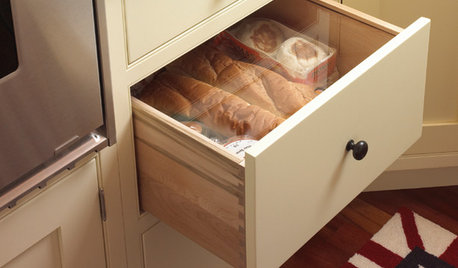
KITCHEN DESIGNKitchen Ideas for Bread Lovers
Any way you slice it, a kitchen designed with bread in mind conveys warmth and homeyness
Full Story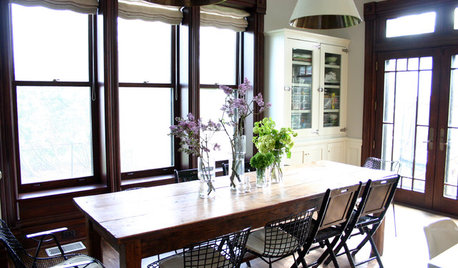
MOST POPULARFirst Things First: How to Prioritize Home Projects
What to do when you’re contemplating home improvements after a move and you don't know where to begin
Full Story
KITCHEN DESIGNHouzz Call: Tell Us About Your First Kitchen
Great or godforsaken? Ragtag or refined? We want to hear about your younger self’s cooking space
Full Story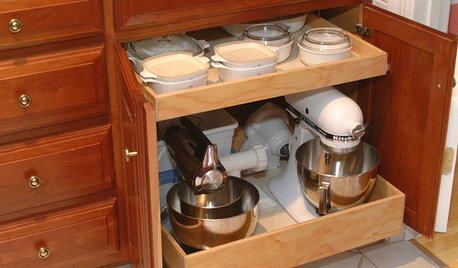
KITCHEN APPLIANCESConsidering a New Kitchen Gadget? Read This First
Save money, time and space by learning to separate the helpers from the hassles
Full Story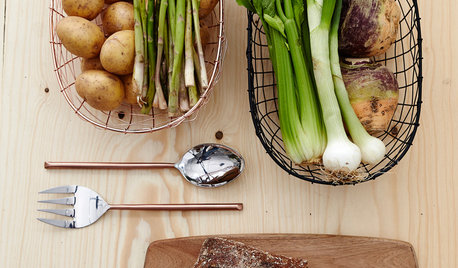
MOVINGYour First Home: Beautiful Basics and Multitaskers for Every Room
Here’s what to choose and what to avoid when outfitting a new house
Full Story
REMODELING GUIDESConsidering a Fixer-Upper? 15 Questions to Ask First
Learn about the hidden costs and treasures of older homes to avoid budget surprises and accidentally tossing valuable features
Full Story
LIFEThe Moving-Day Survival Kit: Lifesaving Items and Niceties
Gather these must-haves in advance for a smooth move and more comfortable first days in your new home
Full Story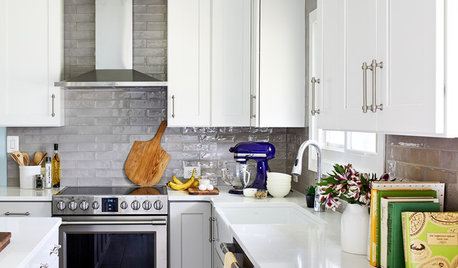
KITCHEN DESIGNGet Organized for Holiday Baking
Before you crack that first egg, establish a game plan for stress-free success
Full Story
SPRING GARDENING7 Spectacular and Practical Spring-Flowering Trees
Put on a beauteous show in the garden with a landscape tree awash in flowers — just do your homework first
Full Story
APARTMENTSMy Houzz: Vintage Whimsy in a College Apartment in New Orleans
A graphic design student fills her first rental with childhood mementos, consignment store finds and budget-friendly DIY style
Full Story


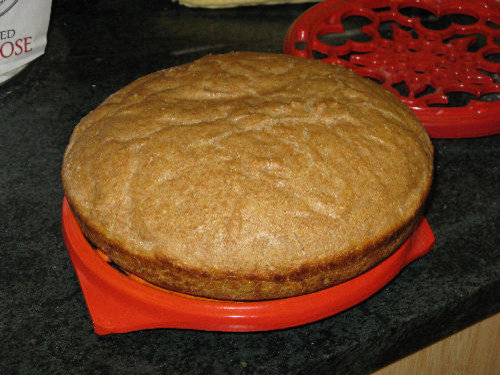
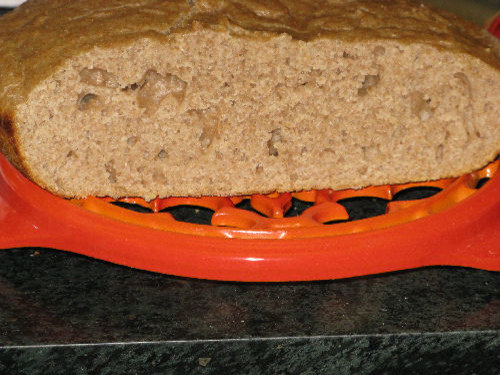
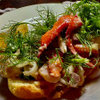
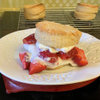
grainlady_ks
plllogOriginal Author
Related Discussions
First bread--Thanks to all!!
Q
First spelt bread (to get to the table, anyway)
Q
Pain de levain - first bread with my new starter
Q
KAW: First bread baking
Q
grainlady_ks
plllogOriginal Author
kitchendetective
plllogOriginal Author
annie1992
plllogOriginal Author
KatieC
kitchendetective
plllogOriginal Author
agmss15
plllogOriginal Author
kitchendetective
annie1992
plllogOriginal Author